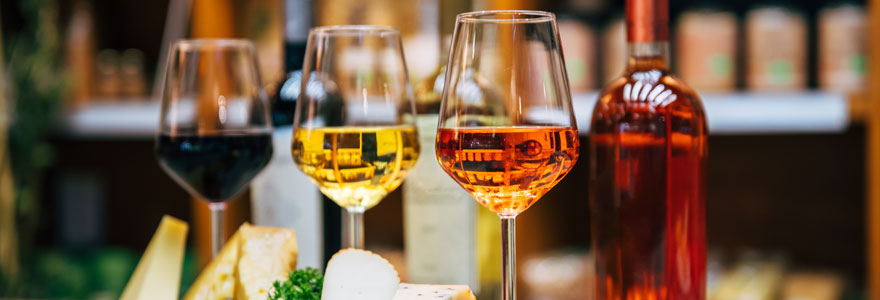
Technically, all champagnes are sparkling wines, but not all sparkling wines are champagnes. At the same time, these two drinks appear similar since both have the unique "pop" sound when uncorked and a bubbly look, they have distinct differences, from the location crafted to the contents used. Apart from the French wine, several other sparkling wines originate from different countries, including Prosecco crafted in Italy, Cava from Spain, Sekt from Germany, and American sparkling wine. Champagne is quite different and only originates from France. Whether it's sparkling wines from Veuve du Vernay, dry or sweet, their difference from champagne is quite distinct. Read on and find out how French sparkling wine is similar to champagne; the production process differences, the grapes used, price variation, and the location difference.
Location difference
Champagne gets its name from the region where its grapes get cultivated, fermented, and bottled. Known as Champagne, this area is found in the northeastern part of France, close to Paris. The European law states that only bottling labels located within 100 miles of the zone are legally allowed to use champagne for their products. The districts covered under the champagne region are The Aube, Cote de Sezanne, Montagne de Reims, Cote des Blancs and Vallee de la Marne. In areas outside the zone, sparkling wine is called Cremant. On the other hand, sparkling wine is produced and bottled in areas outside the Champagne region.
Price difference
Often, luxurious champagnes can cost several thousand, while sparkling wine is very pocket-friendly. This price gap results from the specific processes that winemakers use, as well as the grapes champagnes require. The labour is also quite intensive because the grapes need to be handpicked and taken through a particular production process called Methode Traditionnelle. Sparkling wine can be produced faster and in bulk through the tank method; therefore, it cuts cost and time of production, making the price of a bottle quite affordable.
The grapes used in production
For champagne, specific grapes can are essential for its production. The grapes mostly used include Pinot Noir, Pinot Munier, and Chardonnay. Other less used grape types are Arbane, Petit Meslier, Pinot Blanc, and Pinot Gris. On the other hand, French wine is not restricted to particular grapes because it is produced from the mentioned and other grapes.
The production processes
Methode Traditionnelle, also known as the classic method, is the only recommended method for champagne preparation by the Appellation d'Origine Controlee (AOC). This body restricts the champagne preparation process to only the classic way for an authentic beverage, while French wine can be prepared using three different techniques.
The processes applicable include the Classic method mentioned above, the tank method, and the ancestral method, also known as Petillant Naturel. The classic method allows the first fermentation to occur in the barrel and the second in the bottle, while the tank method, also known as the Charmat method, has fermentation occuring in the tank. For the ancestral process, icy temperatures are applied to halt the fermentation until the beverage is bottled for fermentation to occur later.
Final thoughts
Both champagnes and French wines come in different tastes, from beverages dry as a bone to sweet ones with bubbly freshness. These beverages look pretty similar, with both appearing bubbly and producing the "pop" sound once the cork is removed. Knowing the differences between these two, you can judge which drink is which.